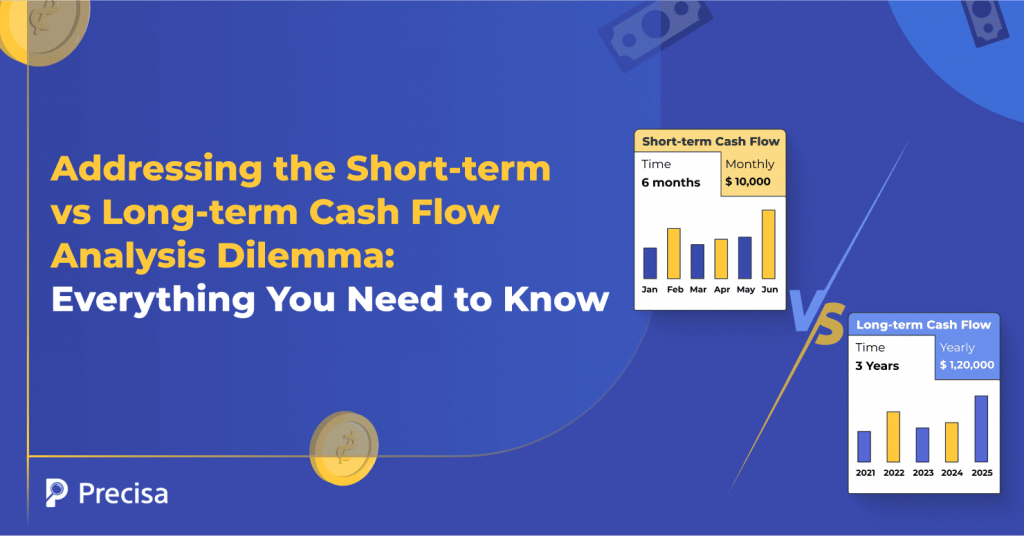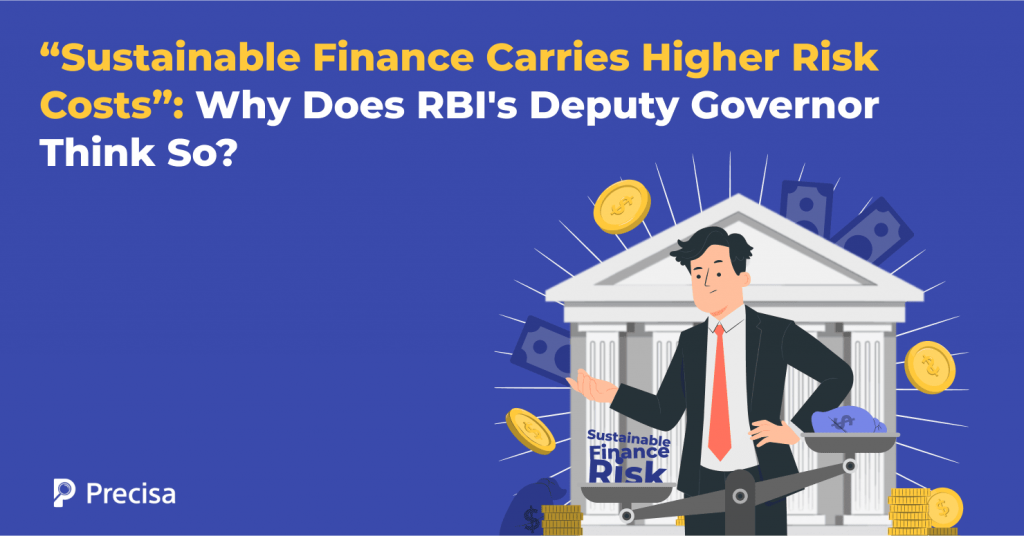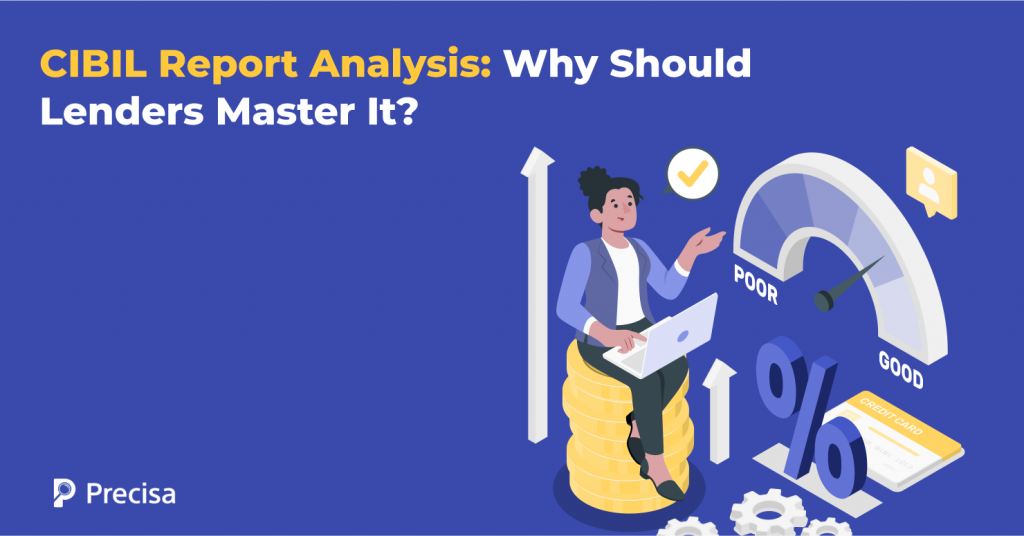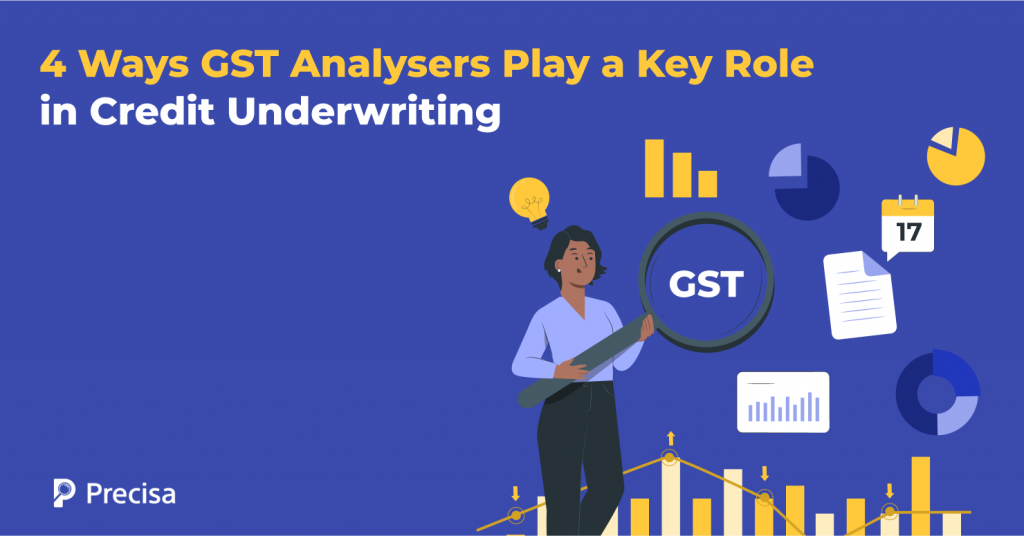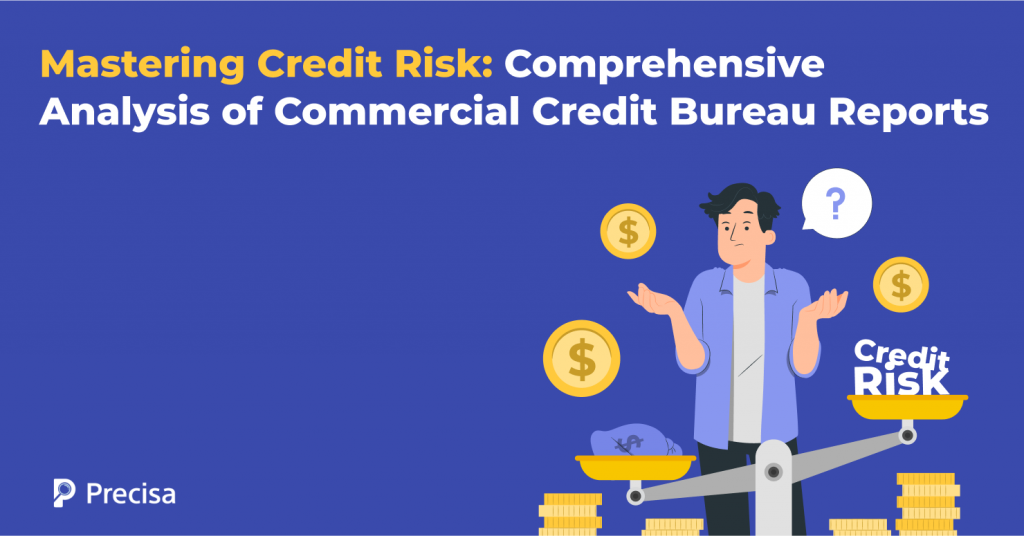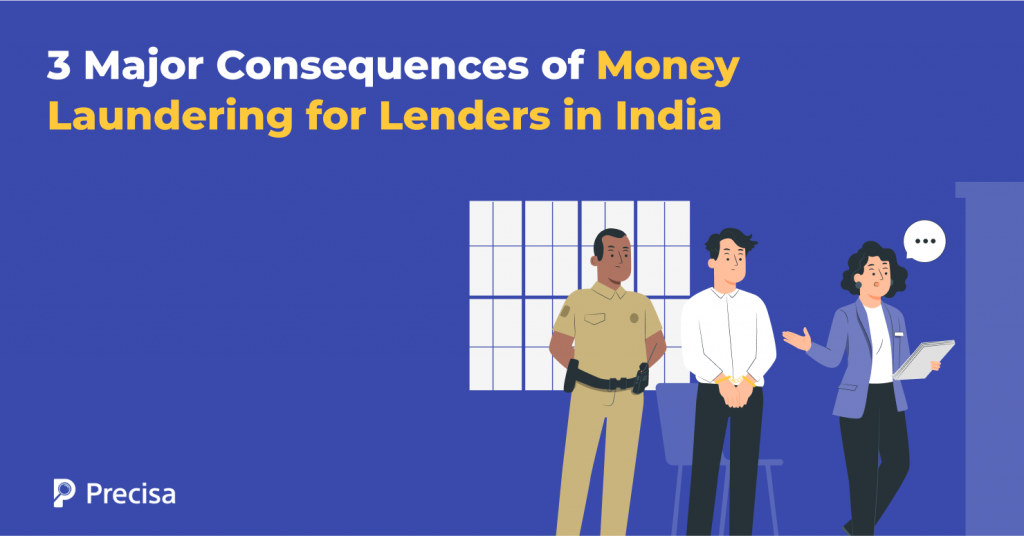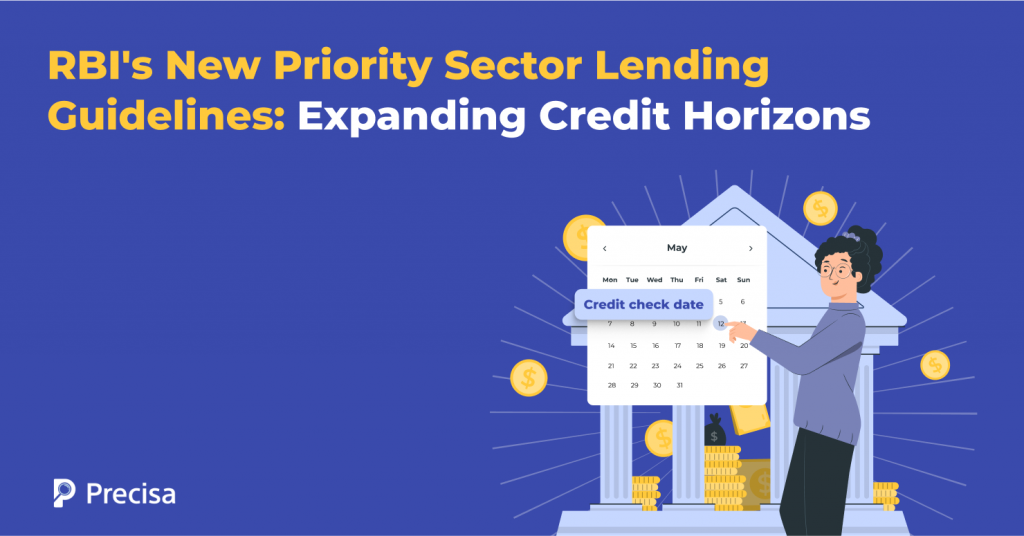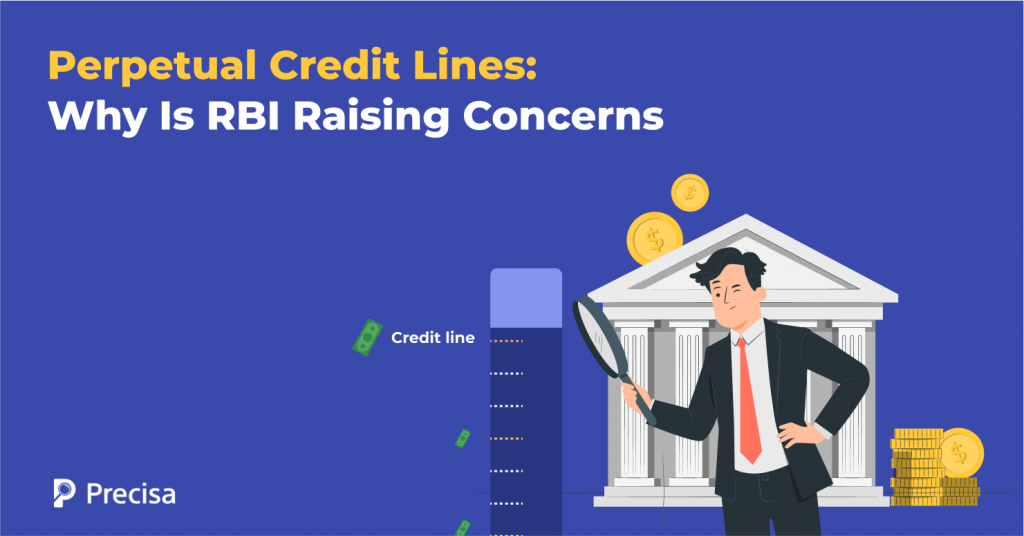Delinquencies in India increased by 44% among personal loan borrowers between Dec ’23 and June ’24. This highlights the importance of accurate and informed decision-making during loan approvals and, more importantly, the need to rethink how lenders approach cash flow analysis of individual and commercial borrowers. Although conventional lenders in India, including banks, typically rely […]
Why RBI’s Deputy Governor Says Sustainable Finance Carries Higher Risk
In 2024, In͏di͏a attracte͏d o͏ver $5.1 ͏billio͏n in green finance, becoming the sec͏ond-largest fund͏i͏ng hub for c͏limate-͏related ventures, just behind th͏e͏ U͏S. Ye͏t, risks lurk beneath the o͏ptimism. Accordi͏ng t͏o R͏B͏I Deput͏y Governor M͏. Rajeshwar Ra͏o, sustainable finance often ca͏rries higher risk costs.͏ The ͏sh͏ift to ͏green in͏vestm͏ents ͏can͏ ͏strain borrowers with operational costs, unpredictabl͏e […]
The Lender’s Guide to Corporate Loan Document Hierarchy: Critical Papers for Approval Decisions
India’s corporate credit ecosystem has seen remarkable growth in FY 2024–2025. Here are a few figures that support this trend: The total outstanding bank credit to business (including industry and services) increased to ₹82.73 lakh crore in March 2024, with a 16.3% year-on-year growth. Corporate loans to large enterprises grew by 7%. The retail loan […]
CIBIL Report Analysis: A Quick Guide for Indian Lenders
Over 110 million Indians checked their CIBIL report in 2024. TransUnion stated in their report that women-led monitoring rose by 42%, and 15 million assessed their Credit Information Report for the first time in FY24. This shows India’s excellent growth in financial awareness and credit monitoring. On the other hand, banks and NFBCS are seeing […]
4 Ways GST Analysers Play a Key Role in Credit Underwriting
Around 2.74 million Medium and Small Enterprise (MSME) loans were sanctioned in the financial year 2023-2024, a 19.3% volume and 5.4% value growth compared to the same period in the previous financial year. Additionally, microfinance loans witnessed a 26.8% growth in the defined timelines, indicating a significant rise in the demand for credit in India. […]
Mastering Credit Risk: Comprehensive Analysis of Commercial Credit Bureau Reports
How do lenders decide wh͏om to trust in a m͏arket a͏s dynam͏ic ͏and complex͏ as I͏ndia’s?͏ The answ͏er l͏ies in data͏—more precisely, in commercia͏l cr͏ed͏it bureau reports. These reports, prov͏ided by reputable͏ agen͏cies like CIBIL, CRIF͏ High ͏Mark, Experian, and Equifax,͏ offer a co͏mprehensive vie͏w o͏f a company’s͏ ͏creditwo͏rt͏hine͏s͏s. As businesses seek loans, working capital, […]
Why Is Money Trail Detection Important in Preventing Economic Offences?
Economic offences like money laundering, shell companies, and tax evasion have escalated in India. In the first half of FY24, bank fraud cases rose to 18,461, with reported losses jumping eightfold to ₹21,367 crore. These financial crimes undermine public trust and destabilise the economy. The Enforcement Directorate (ED) responded by attaching assets worth ₹1.45 lakh […]
3 Major Consequences of Money Laundering for Lenders in India
Money laundering is clearly one of the biggest threats to India’s financial and economic stability. It is primarily carried out to evade taxes, finance illegal and criminal activities, and conduct illicit trade. The Enforcement Directorate (ED) revealed that it registered over 5,900 money laundering cases between 2014 and 2024. The total value of money laundering […]
RBI’s New ͏Pri͏ority Sector ͏Lend͏ing Guideline͏s: Expandi͏ng Credit Horizons
Access to credit is a critical driver of economic growth, yet not all sectors receive adequate funding. As of 2024, the total ba͏nk credit in͏ India s͏to͏od at over ₹150 ͏lakh͏ crore, yet͏ a signif͏ic͏ant portio͏n ͏of key͏ sectors like agriculture, MSMEs,͏ and re͏newable ene͏r͏gy con͏tinue to strugg͏le for adequa͏te fu͏n͏ding. With M͏SMEs co͏ntributing 30% […]
Perpetual Credit Lines: Why Is RBI Raising Concerns
India’s lending landscape has evolved rapidly in the last decade, driven by the onset of non-banking financial companies (NBFCs) and Fintech startups and the insurgence of advanced technologies in different areas of the lending cycle. Between 2005 and 2020, the asset size of NBFCs grew at an impressive CAGR of around 18.7%, fueled by the […]

